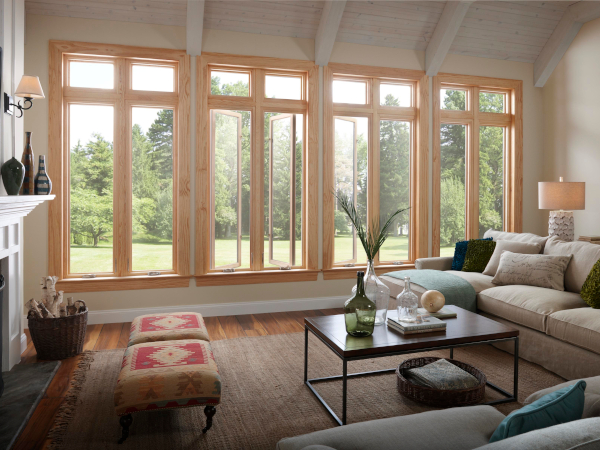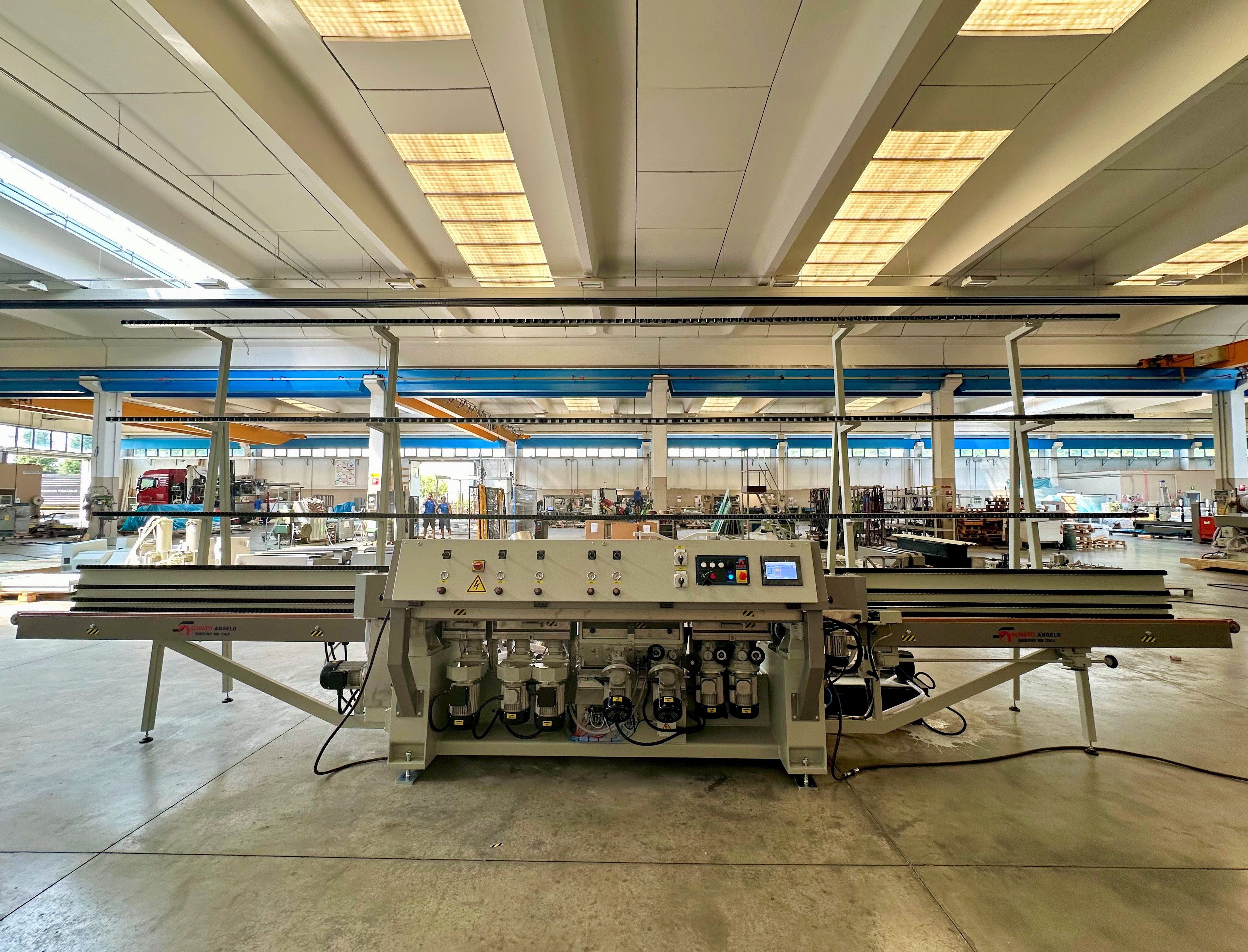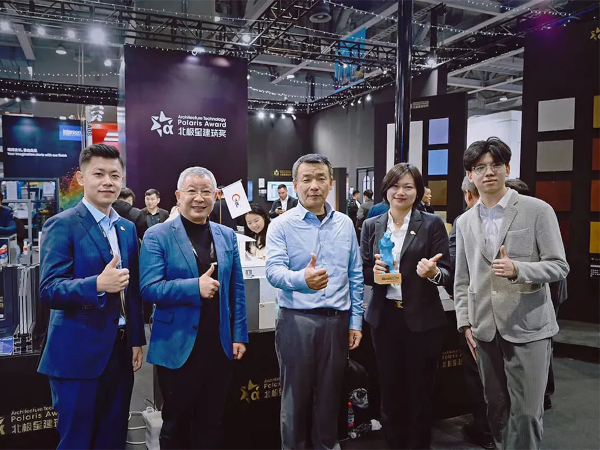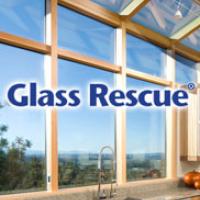
Date: 11 May 2017
Ray Crawford worked his way up from the ground floor of the Crawford-Tracey Corporation to his current position as president of the family business.
The Crawford-Tracey Corporation is a leader in the design, manufacture and installation of glazing for windows and doors, and Ray has valuable insights to share about meeting present-day challenges in the industry.
Glazing Challenges
Demands on glazing design have increased dramatically since Ray Crawford started working in the industry in the 1960s. In the aftermath of Hurricane Andrew, rigorous standards for impact resistance in glazing were introduced into Florida building regulations.
The water-resistant component to glazing standards lagged behind impact resistance even though rain tends to accompany most wind storms, including hurricanes.
This oversight became evident following hurricanes in the early 2000s, when leakage caused mold and other negative effects on building structures.
Energy codes are also evolving, requiring more technologically advanced glass to reduce heat loss and heat gain.
At the same time, advancements in glass technology need to be accomplished within the context of architectural style, with the understanding of the effect that surrounding building materials have on the glazing product.
Performance Milestone
A major achievement at Crawford-Tracey is the development of structural glazing with 100-pound pressure per square foot (PSF) water rating, significantly increased from the industry standard of 15 PSF and the minimum 6 PSF.
Ray Crawford maintains that Crawford-Tracey’s standard product – four-sided structural glaze that allows a face-sealed barrier wall system – has met the rating for more than 30 years, but recent field testing conducted by the company on all its systems makes it official.
The company was motivated to field test in order to meet the demand for high-performance glazing in structures to which moisture infiltration can be especially damaging, such as health care buildings and buildings that house technology operations. In fact, the successful results give Crawford-Tracey a distinct edge in bidding situations.
Pre-glazing vs. Field Glazing
Prefabricating all the components for the glazing system has numerous advantages, especially in maintaining quality control of the installation, which is managed more effectively away from the job site.
Field glazing on the job is prone to site contamination from dust, dirt and routine disruptions that occur during construction.
These have the potential to compromise the integrity of the system by introducing undesirable effects, such as condensation. In Dade and Broward County, field glazing isn’t permitted within the high-velocity hurricane zone (HVHZ).
The Crawford-Tracey glazing system aims for no penetrations of the exterior of the glazing, which is harder to achieve when installation includes mechanical means of fastening glazing to the building. Architectural detailing can be added to the exterior without breaching the envelope or sealant joints.
For installation, the units are palletized and transported to the job site, then lifted and erected into place using suitable equipment.
With everything prepared beforehand, the building is closed in quickly, typically resulting in faster completion times than field glazing operations can achieve.
About Standards
Both Ray Crawford and Paul Beer highlighted the importance of maintaining high standards in the building industry, especially for projects like hospitals and health care facilities where patients who are especially vulnerable to the adverse effects of “sick buildings” can’t easily be evacuated in an emergency. More stringent standards result in safer buildings and more comfortable living conditions all around.
You can see Crawford-Tracey Corporation at work in videos the company posted here. For the complete discussion between Paul Beers and Ray Crawford – including the technical details – visit the Everything Building Envelope site. Subscribe while you’re there so you can keep up-to-date on all our discussions with industry professionals.
 600450
600450
















Add new comment